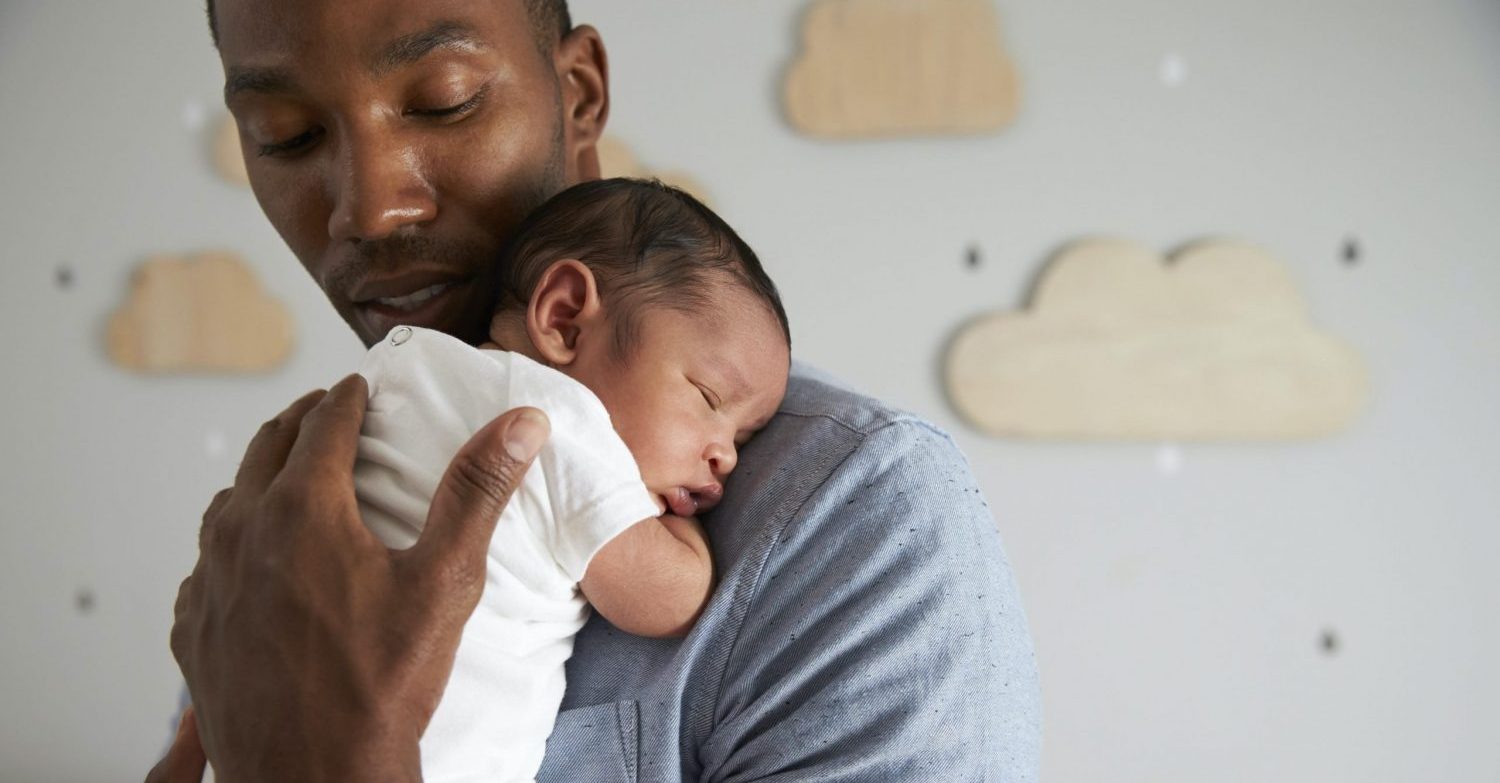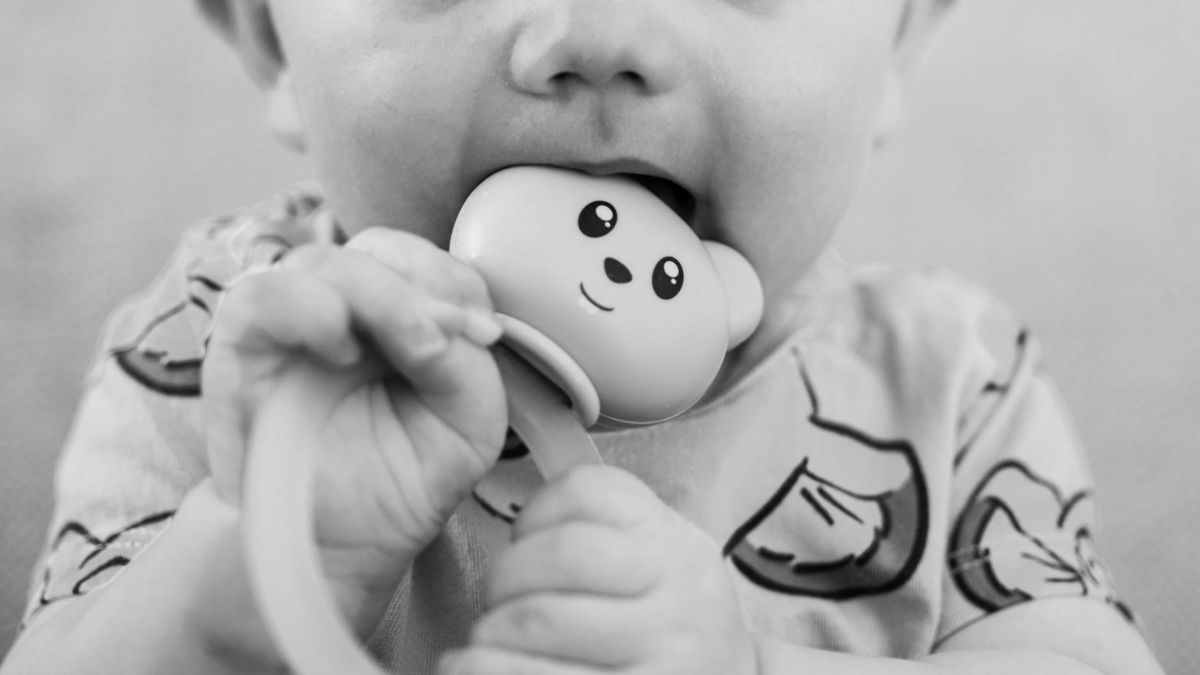The Difference Between Sleep Shaping and Coaching Your Newborn To Sleep
First and foremost, please don’t believe this newborn sleep advice, “You must teach your newborn to sleep independently in the first few months or they will have lifelong bad sleep habits.” It’s not true!
It’s disheartening to hear how many parents of newborns are told that if they don’t sleep train their newborns by leaving them to cry it out that their baby will have lifelong “bad habits”. There seems to be this belief that leaving your newborn to cry it out will teach them to self-soothe or better known as self-regulation.
When I had my own children, I believed there could be another way and there is! You don’t have to let your baby cry as your heart shatters in the other room. Read this excerpt from my new book The Sleep Lady’s Newborn Sleep Guide– now available! We discuss the different terms surrounding baby sleep and how traditional methods don’t support your baby.
get the interactive
newborn sleep
digital planner
for better nights
and happier days
Shaping, Coaching, and Training; What it Means For Your Baby’s Sleep
Part of self-regulation is your baby’s ability to filter out stimuli. Plus, manage their own behavior and emotions, in response to their surrounding environment. Whether it’s putting themselves to sleep, signaling to their parent that they’re hungry, or turning away from a loud person who is too close, all are forms of self-regulation.
Self-regulation is crucial for babies’ ability to put themselves to sleep. But self-regulation isn’t something babies are born with. It’s something they learn over time and with your support!
You’ve probably heard the terms sleep shaping, sleep coaching, and/or sleep training tossed around when it comes to getting babies (and toddlers) to sleep well. Let me share some definitions so we’re all on the same page when we talk about Baby-Led Sleep Shaping and Sleep CoachingSM – my approach for how to get a newborn to sleep.
What Newborn Sleep Shaping Means
Sleep shaping is the process of supporting a baby’s sleep with a parent or caregiver’s help. It’s about having a healthy sleep environment and practices. It’s the newborn sleep approach I recommend for the first 3 to 5 months of a newborn’s life.
A safe, sleep-friendly space creates a foundation of effective sleep shaping. It also includes regulating a baby’s morning wake time and night bedtime. It has various pre-bed routines you can put in place to let a baby know what to expect next… sleepytime!
Sleep shaping sets the stage for learning to sleep independently when your baby is developmentally ready. The world usually calls anything more than this sleep training. For what I do, however, I find the term sleep coaching much more accurate.
Baby Sleep Coaching Supports Your Baby’s Natural Development
Sleep coaching gently eases your baby into the sleep process. Once they reach a developmentally appropriate age, you support them as they learn to put themselves to sleep.
Like a coach in sports, you can teach, direct, and support your baby. But a coach doesn’t play the game, and it’s the same with sleep.
Sleep coaching is built upon the foundation of sleep shaping. It includes continuing to support your baby each night as they practice putting themselves to sleep, slowly. Doing less and less as they eventually master the skill themselves. It also includes tailoring your sleep coaching plan to accommodate your baby’s unique temperament.
The Other Sleep Training Methods You Likely Know About aka Cry It Out
Under the traditional sleep training umbrella, you’ll find the extinction method (also known as “cry it out”) and the graduated extinction method. The extinction method involves putting a fully awake baby in a crib on their own. Then leaving the room with the idea that it will teach them to fall asleep on their own.
The graduated extinction method adds timed intervals after which a parent can pop back into the baby’s room to soothe or check on them when they are crying or fussing. The origins of the extinction method go way back to the 1920s. American psychologist Dr. John Watson proposed the concept of behaviorism, which states that a child is a blank canvas and any behavior they exhibit is caused by external stimuli and not related to their own internal thoughts or feelings.
The practice of letting babies “cry it out”— leaving them alone all night with no feedings or “check-ins,” is based on the theory of behaviorism. Some American pediatricians recommend as this as early as 6 weeks. The thought is that this teaches a baby that their crying doesn’t get a response. And that this “lesson” will lead the baby to modify their behavior. Meaning they will no longer cry and simply go to sleep.
Unfortunately, this method and its behaviorism roots ignore several big factors:
Babies are not blank slates. Every baby exhibits their own unique temperament that determines how they respond to their external environment. Newborns are not physically or mentally capable of self-soothing. They can’t roll over or bring their hands to their mouth to suck their fingers.
The ability to self-soothe, at least at a basic level, is required for all humans to put themselves to sleep. No matter their age and getting your newborn to sleep is no different.
A baby learns best when they are experiencing low levels of frustration; enough to motivate them, but not enough to dysregulate them. If they get too fussy or are hysterically crying, they can’t learn the new skills that would help them self-soothe.
Do I Need To Let My Newborn Cry It Out To Go To Sleep?
I don’t recommend the “cry it out” method to get a newborn to sleep. They are not developmentally ready to learn to put themselves to sleep independently. This means that the whole purpose of the method is lost on them.
All humans need to be in a calm state to be able to fall asleep. Letting a baby get into a state of hysterical crying (a dysregulated state) makes it almost impossible for them to fall asleep without assistance. Additionally, regular, prolonged hysterical crying (crying that can be recognized as a call for help) can lead to a baby’s stress response system being negatively affected for life.
Parents I’ve supported often share their fears that if they soothe their baby rather than letting them cry, they’ll create “bad habits”. These “bad habits” will in turn be difficult to break in the future. I tell them not to worry about creating bad habits in the first 6 months.
In her research on sleep interventions, Dr. Pamela Douglas found that sleep training during the early months does not decrease crying or prevent sleep & behavioral problems later in childhood. The fact is, sometimes the opposite can happen: Crying can increase and breastfeeding might stop earlier due to stress.
The Gentle Newborn Sleep Guide Gives You Comforting Tips To Help Your Newborn Sleep
In my new book (pre-order here) I’ve got some great tips for how to sleep shape and support your baby as they learn, starting right from birth. I recommend waiting to gently sleep coach them until they are developmentally ready.
In the book and course, we’ll help you assess when that is, based on your baby’s unique temperament and current capabilities. We teach you the tools and techniques necessary to create a strong foundation for future sleep success. You don’t have to do it alone or spend hours on google when my resources are proven to support your baby’s sleep.




